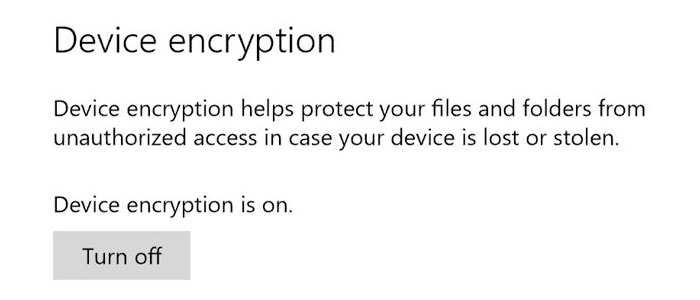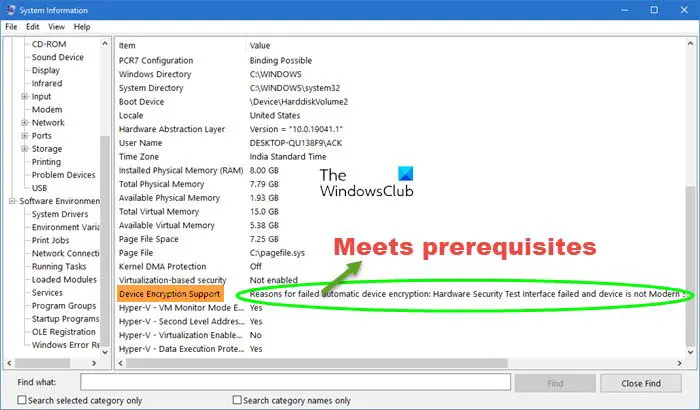If you want to enable or disable Device encryption in Windows 10, you can follow this guide step by step. This feature is generally available on most 2-in-1 devices and tablets running Windows 10.
Device encryption helps protect your data and is available on a wide range of Windows devices. If you enable device encryption, data on your device will only be accessible to authorized persons. If device encryption is not available on your device, you may be able to turn on and use BitLocker instead.
Device encryption is available on supported devices running any edition of Windows 10. BitLocker is available on supported devices running Windows 10 Professional, Enterprise, or Education.
Although BitLocker is a security measure that you have on your Windows 10 device, device encryption is yet another feature you should be aware of. If you are using a portable Windows device and you lose it, there is a great risk of data theft. To reduce the problem, you can take the help of Device encryption which allows the administrator to include people who can access your data even when the device is stolen.
Data encryption requirements
To enable data encryption in Windows 10, you must have-
- Trusted Platform Module V2.0.
- Modern StandBy support.
- UEFI firmware.
The best way to check if your device meets all of these requirements is to use the System information sign. Here you will find the missing parts that you do not need to activate this security function.
Check the device encryption in the system information
To get started, search for “system information” in the search box on the taskbar. When the result appears, click on the Execute as administrator option.
Following this, discover Support for device encryption. If it says Meets the prerequisites, you can activate the device’s encryption.
Enable device encryption in Windows 10
To enable or disable device encryption in Windows 10, follow these steps:
- Press Win + I to open Windows settings.
- Go to Update & Security.
- Switch to device encryption.
- Click on the Activate button.
Let’s see all these steps in detail.

At first, you need to open Windows Settings panel. For that, you can search for it in the search box of the taskbar, or you can press the button Win + I button set. After opening Windows settings, go to Update and security.
Here you can find an option called Device encryption. If device encryption does not appear, it means that it is not available for your system.
Now on the right side you should see an option named Light up. Click this button to start device encryption on your device. Once done, it will start to encrypt your current files as well as all future files.
Read more: Why is Microsoft storing your Windows 10 device encryption key on OneDrive?

